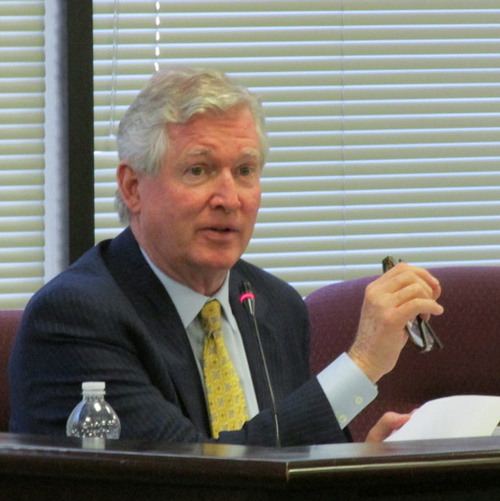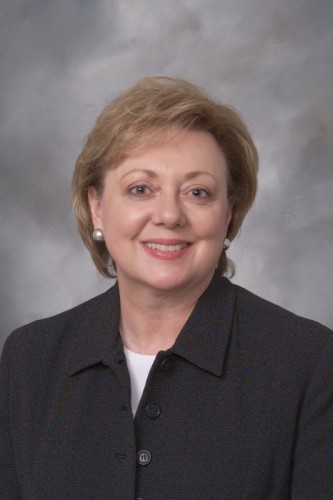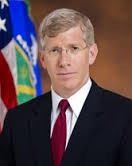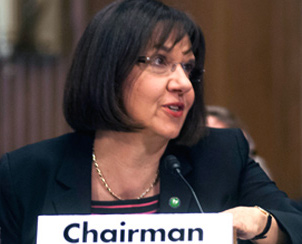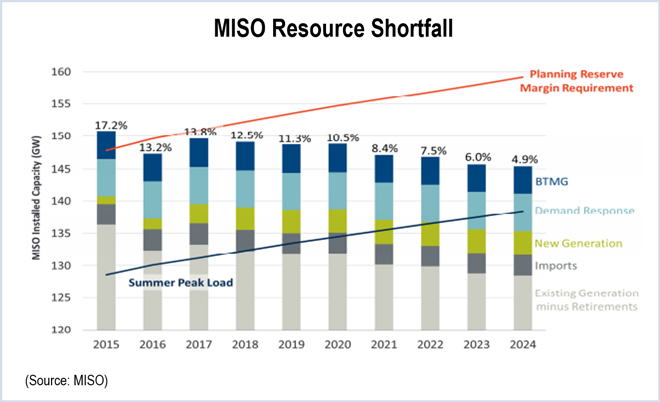By Suzanne Herel
CEO Christopher Crane outlined Exelon’s position on distributed generation, shared his vision for the distribution company of the future and provided insight into the financial struggles faced by the firm’s nuclear power plants during two days of testimony before the D.C. Public Service Commission this week on the proposed $6.8 billion acquisition of Pepco Holdings Inc.
“There has to be an equity conversation not only about the microgrid, but the cost of the infrastructure,” Crane said. “We support distributed generation. But the other side of getting in on all this new, neat technology is that we keep people whole. We need to be mindful of the load profile that the generation is going to serve. You can get to a position where you’ve overbuilt and inequities come out of that.
“Who’s going to bear the expense? Is the solar power provider going to contribute to that, or is it going to be on the back of other customers?”
Asked by Commissioner Joanne Doddy Fort to describe the role of the distribution company going forward, Crane — who earlier said the industry’s technology has advanced more in the past few years than in his entire career — replied that it was about adapting.
“We’re trying to define the approach that we’re taking with the utilities,” he said. “To deny it and stay in the old utility ways reduces the relevance that the company can have.”
To that end, Exelon has directed research teams to work with such groups as the Edison Electric Institute and the U.S. Energy Department’s National Labs to identify emerging technologies.
“I do believe in 10% penetration in distributed generation,” he said. “That could be a great opportunity to redesign the operating model to support those microgrids going on.”
In addition, he said, Exelon is investing in storage companies.
Before facing questions from the three commissioners, Crane was grilled by two staunch critics of the planned acquisition: the D.C. Office of People’s Counsel and the D.C. government, both of whom delivered stinging opening statements. (See CEO Crane to DC PSC: Committed to Jobs, Ratepayers.)
Both cautioned the commissioners that the sale of Pepco would have far-reaching consequences.
“While this is not a ‘rate case,’ any decision emanating from this case will largely predetermine the parameters of the next filed rate case,” OPC said. “Second, public participation and concern over the proposed acquisition has been unprecedented.”
An approval, OPC said, “will not only impact every proceeding involving Pepco, it will potentially impact the legislative initiatives that currently exist concerning renewables and distributed generation. The order approving this merger will not be static document. It will serve as a guidebook that will be referred to for decades to come.”
Perhaps the most important question, it said, “is this: If the takeover is approved and it becomes apparent thereafter that Exelon’s priorities are not aligned with the city’s priorities, what ability will this commission have to address the conflict?”
Attorney John Coyle, representing the city government, said “If you approve this proposed merger, it is likely to be the last, as approval would place the retail supply of electricity between the Schuylkill and the Potomac under a single company — albeit one run from Chicago and having merchant generating interests that span the country.
“Sixteen years after this commission approved Pepco’s divestiture of its generation, which divestiture contributed to the development of a reasonably robust market for wholesale electric power, you now find yourselves asked to approve a reconsolidation that brings generation back to the same corporate ‘family’ that runs the District’s transmission and distribution infrastructure.”
Coyle questioned the timing of the deal, which comes as Exelon is struggling to maintain three money-losing nuclear reactors in its home state of Illinois, where it is pushing legislation that would impose a surcharge on electricity customers. [Editor’s Note: An earlier version of this article mistakenly put the number of money-losing reactors at six.]
“No business pays a $1.6 billion premium over market price (in a $6.8 billion stock purchase transaction) for the privilege of generating 2.1% of the $1.6 billion in savings over 10 years, and then giving the claimed savings away.
“Any analyst who has looked at this transaction has expressed the understanding that its point is to acquire a great deal of reliable, regulated cash flow to ease the costs of Exelon’s generating fleet — and particularly its nuclear assets — over the shoal of wholesale power market prices depressed for the time being by the availability of shale gas and oil in unprecedented quantities and at unusually low prices.”
Under questioning, Crane said that Exelon last year lost $100 million alone on its Clinton reactor.
Under the current market design, Crane said, revenue is not sufficient to maintain its six underperforming nuclear plants.
“The quick business decision would be to shut the units down,” he said.
“But, we have the responsibility also of what that would mean to the community,” he said, noting that the Clinton generator significantly supports the tax base of DeWitt County. “We have a commitment not to act too quickly but to work with stakeholders to come up with a market-based fix.”
Regardless, he said, Exelon’s motive in acquiring Pepco is not to shore up its nuclear fleet.
“The generation company overall is profitable,” he said. “It maintains a strong balance sheet. We’re not limping along on the generation company — we have assets that are under-earning or losing money.
“Just so we have the characterization right, this is not a broken car. This is an entity with assets that are losing money, and you find out how to fix it or shut them down. We do not need the regulated revenue to fund or make up for any of that challenge.”
D.C. and Maryland are the last holdouts to the transaction. The acquisition has been approved by the New Jersey Board of Public Utilities, the Federal Energy Regulatory Commission, the Virginia State Corporation Commission and the staff of the Delaware Public Service Commission.
The evidentiary hearings, which are being webcast, continue through April 8 in D.C. and are scheduled for April 15-17 in Maryland.
